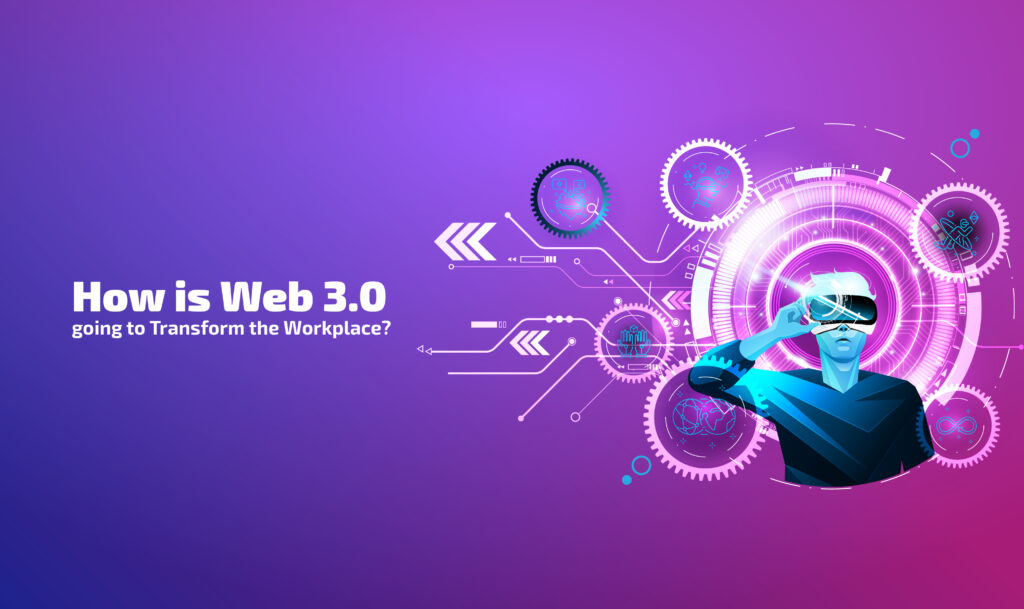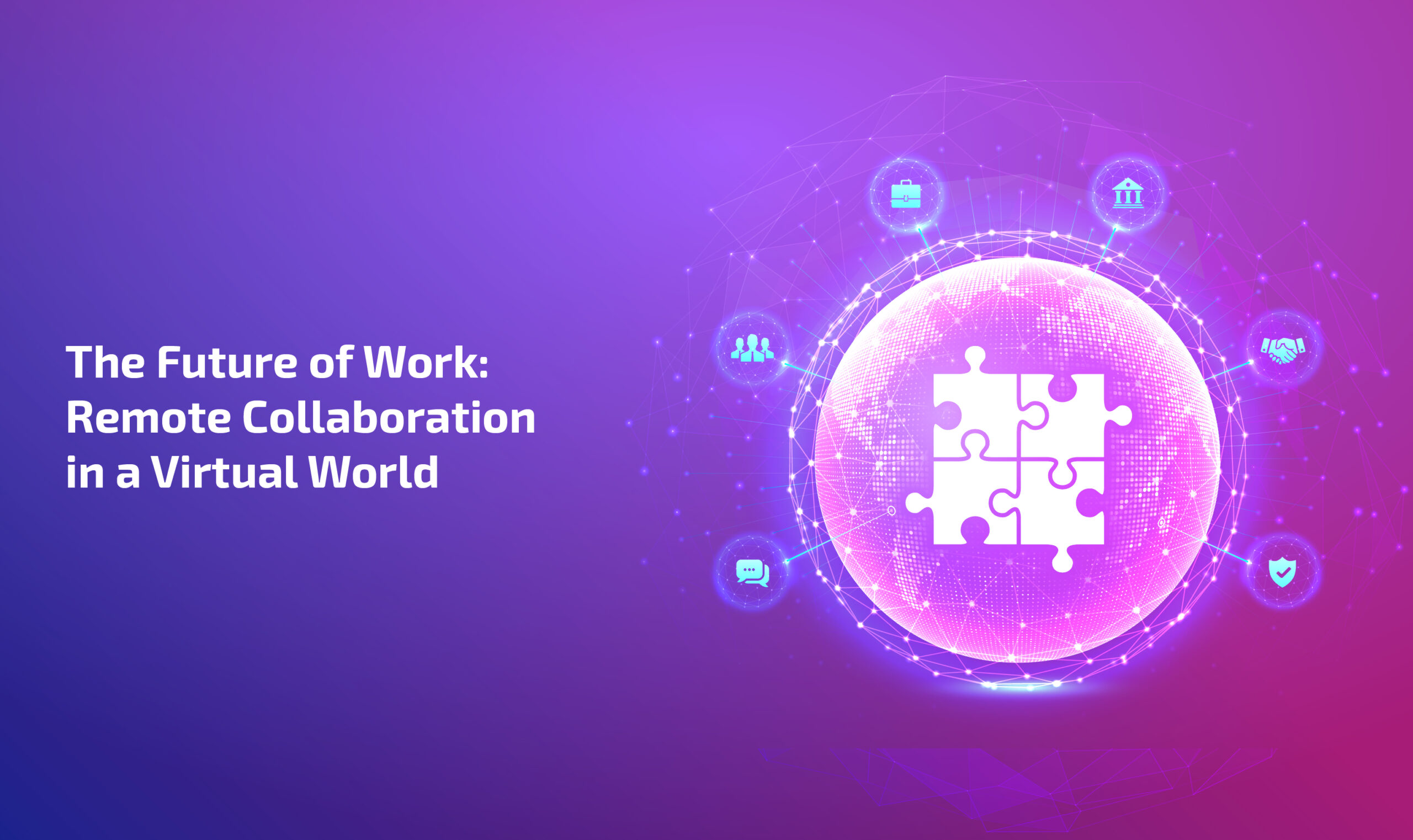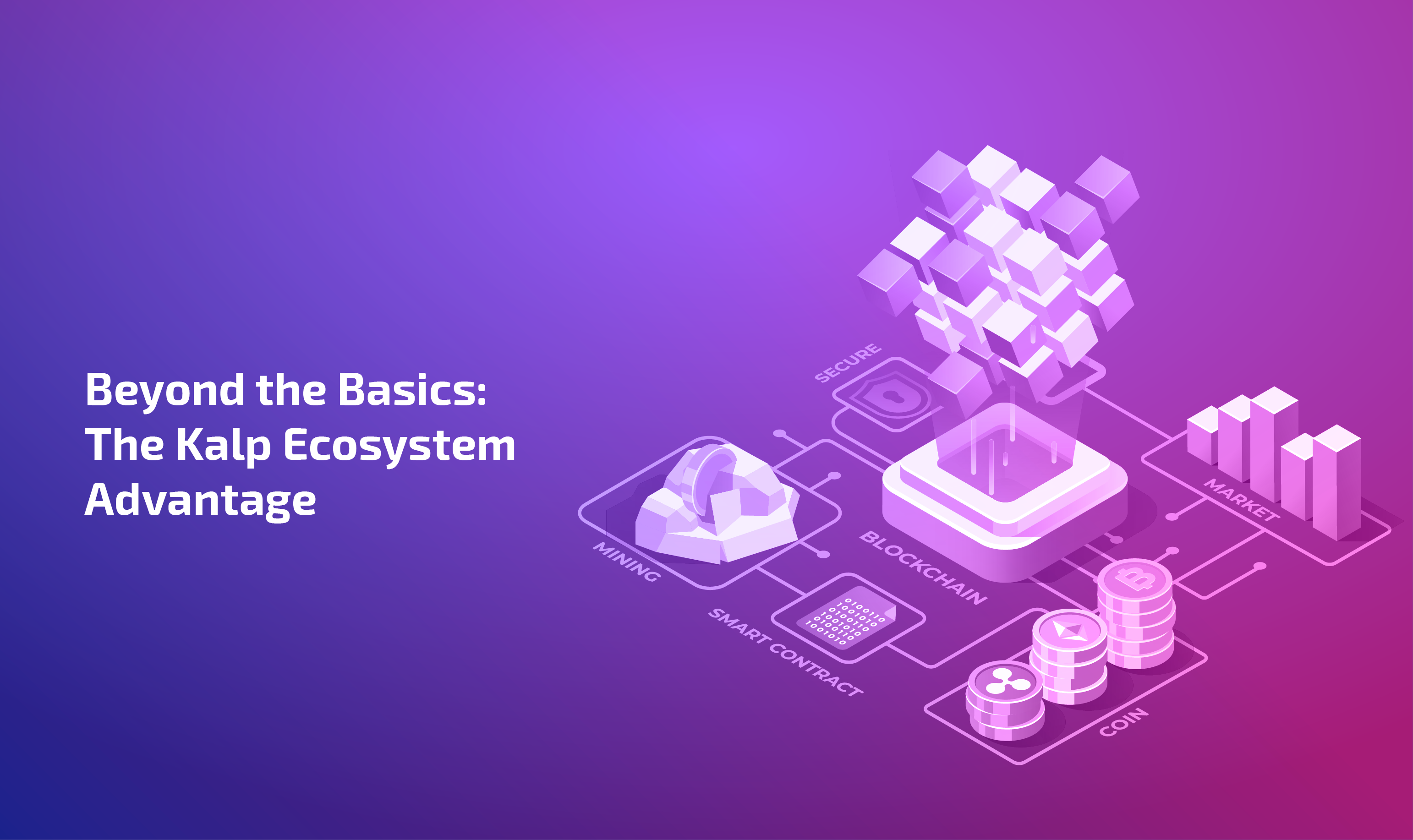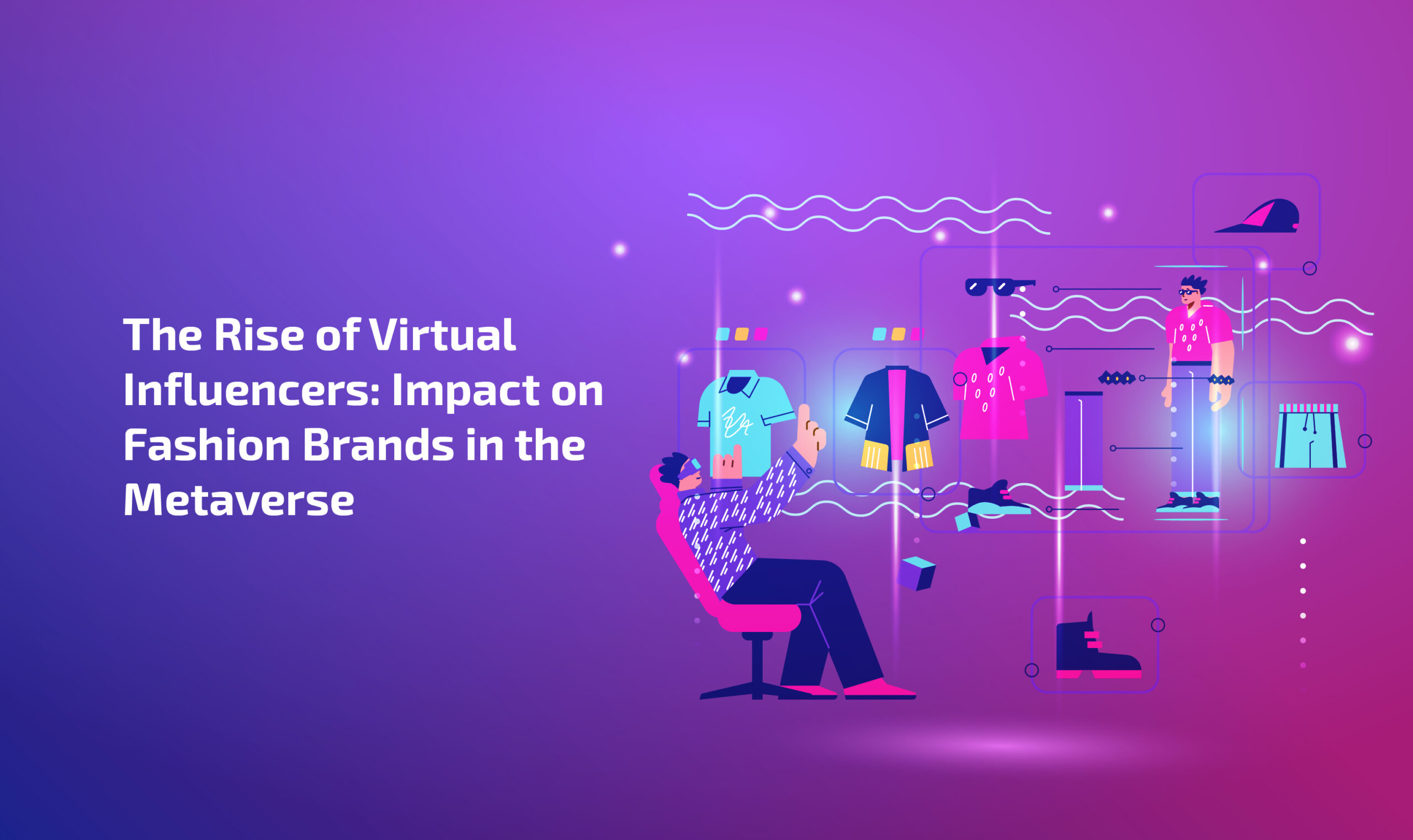
The Internet has undergone a remarkable transformation since its inception, and the latest iteration, Web 3.0, promises to revolutionize our work. This article will examine the evolution of the Internet, starting with Web 1.0 and moving on to Web 2.0 and finally, Web 3.0. The article explains how Web 3.0 can transform the workplace with the growth of remote and hybrid workspaces, the empowerment of creators and freelancers, and improved client relationship management.
Evolution of the Internet
In the present times, the evolution of the Internet has been one of the progressive technological evolutions of humankind. In 1989, a British scientist named Tim Berners-Lee invented the World Wide Web (WWW), and on August 6, 1991, Lee published his first-ever website.
The internet evolution is divided into three iterations: Web 1.0, Web 2.0, and Web 3.0. Out of these three, Web 3.0 is the latest iteration of the Internet. The vision Web 3.0 wants to achieve in the future will not only transform the usage of the Internet, but it will also transform our workplace.
Introduction to the Web 3.0
In simple terms, Web 3.0 is the latest and most decentralized version of the Internet, meaning it provides users with the ownership of their data instead of being utilized by tech giants. It’s the third iteration of the Internet, allowing users to interact and connect in an immersive way that has never been experienced before. In order to understand Web 3.0 from the base, it’s necessary to understand the other two iterations of the Internet, Web 1.0 and Web 2.0.
Web 1.0
Web 1.0 is the first iteration of internet evolution which started when the first website was published. This era began from 1991 to 2004. During this period, most of the users were the consumers of the content, and the web pages were static–displaying pieces of content for informational purposes.
The design essentials of the website included: static pages that display content stored on the server’s file system. The best examples of Web 1.0 are MySpace and LiveJournal. Websites like these were mostly personal and did not have a powerful digital presence as they do today.
Web 2.0
Web 2.0 is the second step of the internet evolution, and this part of the Internet includes worldwide websites highlighting user-generated content, usability, and interoperability for the end users. The usage of Web 2.0 supports the social Web, where users are allowed to share their thoughts, opinions, and perspectives. Also, Web 2.0 provides advertisements, helping with launching their products and services. Some of the best examples of Web 2.0 are social media applications such as Facebook, Twitter and YouTube.
Web 3.0
Web 3.0 is the next evolution of the Internet. It facilitates a data-driven semantic web that aims to develop a more intelligent and interactive web experience. Some of the essential features of Web 3.0 include the Semantic Web, Artificial Intelligence, Virtual Reality, Distributed Ledger Technology and Smart Contracts. Some of the best examples of Web 3.0 include Brave Browser, DTube, Sola, Decentraland, etc.
The idea of Web 3.0 revolves around decentralization that will eventually allow users to read, share and get ownership of those networks. Web 3.0 offers a more user-centric, connected, and open Web.
How does Web 3.0 lead to the transformation of the Workplace?
These are the following ways in which Web 3.0 can transform the workplace:
Remote and Hybrid Workspace
In the second iteration of the Internet, remote work was formulated by utilizing cloud technology with real-time communication and collaboration. Web 3.0 will make us stay ahead of the curve and lead to significant changes for everyone. For instance, Web 3.0 interactions will not simply rely on the gadgets we have been using for a while—including Laptops, Mobile phones, and Tablets—as there will be easier ways to access data. For instance – Web 3.0 utilizes semantic web technologies to enable machines to understand and process data more intelligently and intuitively. Semantic web technologies include RDF (Resource Description Framework), OWL (Web Ontology Language), and SPARQL (SPARQL Protocol and RDF Query Language).
Moreover, during the Covid-19 pandemic in 2021, research by Stanford University revealed that zoom call meetings lead to ‘fatigue’, making the employee unproductive. But, the latest generation of the Internet, Web 3.0, allows employees to move in around customized virtual environments. Employees from thousands of miles away can create 3D avatars with unique facial features and clothes. They can also discuss ideas from miles apart, leading to better productivity and smooth workflow.
Empower Creators and Freelancers
In the past few years, creators and freelancers have focused on the concept of gig and creator economies, empowering them to take control of their content and not entirely depend on a particular organization or a company for their growth and survival. Through Web 3.0, the decentralized content model, creators can own and monetize their content. Creators can also earn royalties through NFTs (Non-Fungible tokens). The role of NFTs is to monetize content created by the content creators. Moreover, NFTs are built on Blockchain to ensure security, traceability and authenticity.
Client Relationship Management
Client Relationship Management has forever been a focal concentration for organizations and with justifiable cause. Understanding client needs and wants is essential to delivering the right services and offers that will prompt expanded deals. The conventional methods make it hard to acquire a genuinely comprehensive perspective on the client and thus make it challenging to provide the required services.
However, Web 3.0, the next and the latest generation of the internet, carries the potential to revolutionize the way businesses interact with their customers. For instance – the salesperson can interact with potential customers in the virtual world by showcasing the 3D view of how the product can solve the customer’s issues. Similarly, service teams can virtually transport themselves to different locations to analyze and resolve issues. All this procedure is recorded, analyzed and stored. Thus, Web 3.0 promises change and provides businesses with access to new data sources to resolve their potential client’s issues.
Conclusion
Web 3.0 is envisioned as a paradigm shift in the way we operate. Web 3.0 has the potential to completely change the workplace, from remote and hybrid workspaces to the empowering of freelancers and artists. Furthermore, better client relationship management will give businesses a greater understanding of their clientele, enabling them to deliver more personalized experiences and forge more profound meaningful connections. With the introduction of Web 3.0, organizations and individuals alike have a tremendous chance to embrace a new era of more adaptable, productive, and powerful work.








